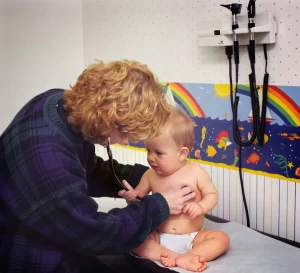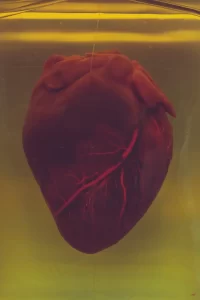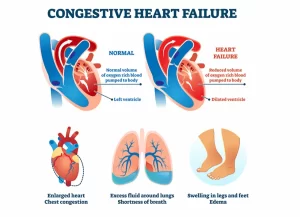Did you know?
- Vision disorders can negatively impact a babies’ ability to bond with their parent/caregiver, their ability to explore the world by reaching and grasping, and also impede development of fine and gross motor skills.
- One in every 4 school-age children and 1 in every 17 preschool-aged children have some form of vision problem requiring treatment.
- 24% of teens with correctable vision have the wrong prescription and this rises to about 33% for Mexican-American and African-American teens.
- 80% of all blindness and vision impairment is either preventable or treatable.
Across the country, as children and parents are gearing up for the back to school, remember that healthy vision is critical to academic and social success. As a child grows, an untreated eye disease or condition becomes more difficult to correct. These can worsen and lead to other serious problems as well as affect reading ability, focus, classroom behavior, and social adjustment in school.
Vision problems that can affect children include:
Amblyopia – Lazy eye

Strabismus – Crossed eyes

Myopia – Nearsighted

Hyperopia – Farsighted

Astigmatism

Prevent Blindness recommends vision screening and eye care when indicated.
Prevent Blindness, in partnership with the National Optometric Association, celebrates Children’s Eye Health and Safety Awareness Month each August to educate parents and caregivers on the steps that should be taken to ensure that their children are provided with the best opportunity to have a successful school year through healthy vision. In celebration of its 10th anniversary, the National Center for Children’s Vision and Eye Health at Prevent Blindness is offering the newly revised “Guide to Vision Health for Your Newborn, Infant, and Toddler.” This no-cost comprehensive resource offers information on a variety of topics, including common milestones for visual development, how to help your baby’s vision to develop, warning signs of possible vision problems, and more. The earlier a vision disorder can be identified and treated, the stronger start to learning and development a child will have.
To find out more about children’s vision and Prevent Blindness, log on to https://conexionflorida.com/monthly/health/.



